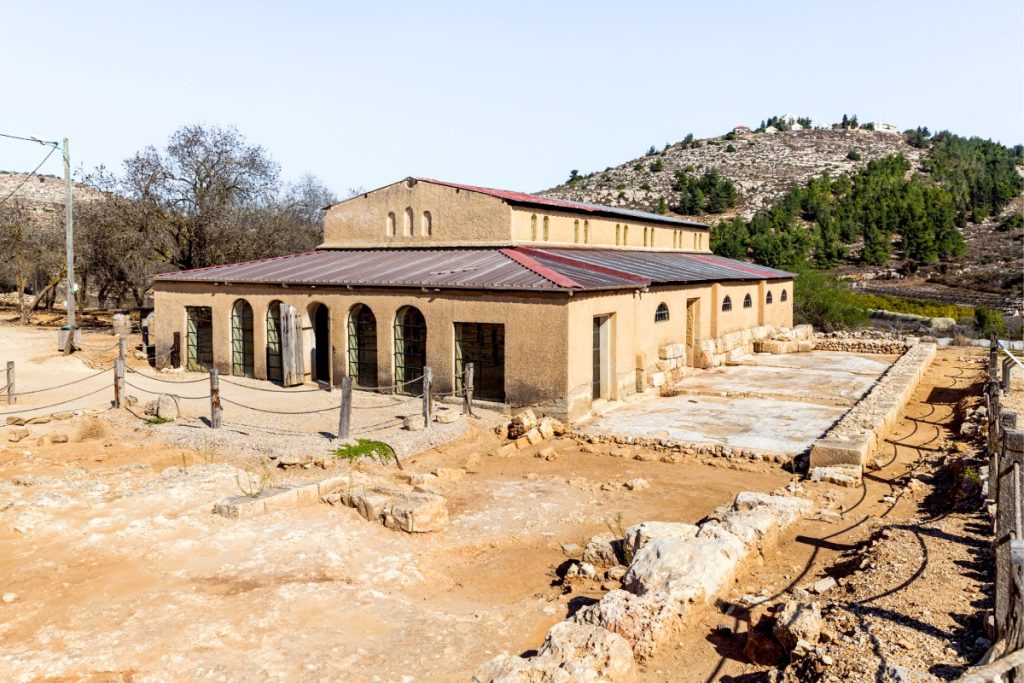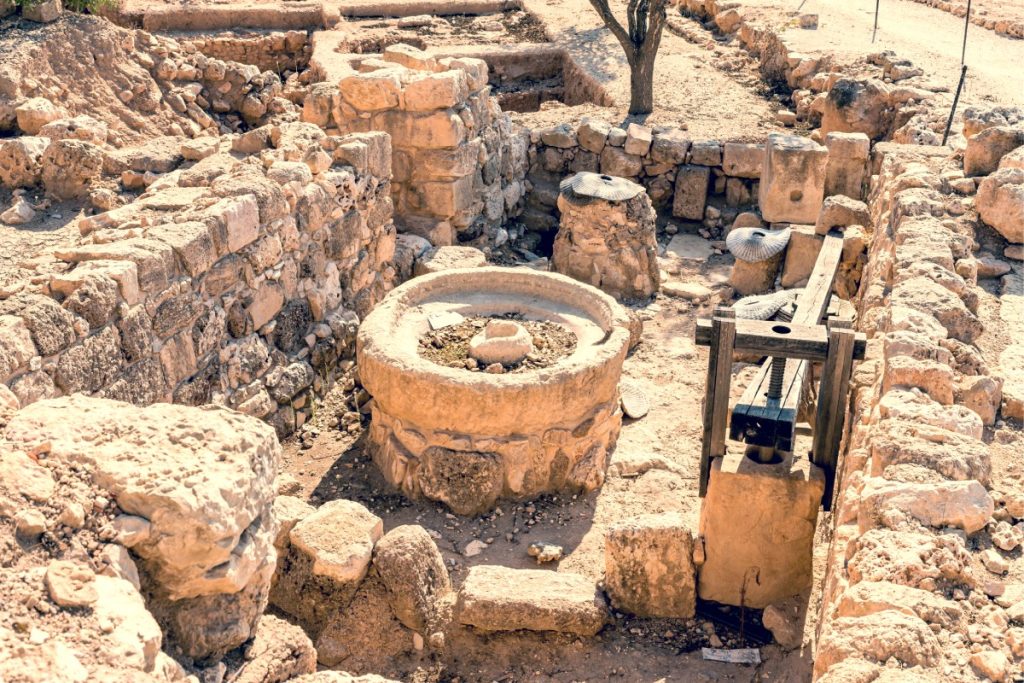Ancient Shiloh was a religiously significant city in Samaria that was Israel’s spiritual center during the times of the Judges. Dating over 4,000 years; the ancient city was first settled in the 18th century BC (Middle Bronze II) and became the first capital of the Israelite Kingdom. Furthermore, Ancient Shiloh was also the site of the Tabernacle (Mishkan). Moreover, it housed the Ark of Covenant, Altar of Incense, Table of Showbread, and Golden Lampstand until King Solomon built the First Holy Temple in Jerusalem.

History and Archeology
Situated 25 miles from Jerusalem in the West Bank, Shiloh is mentioned in the Hebrew Bible and Christian Old Testament and is one of Israel’s most important heritage sites. Jews performed aliyah la-regel (pilgrimage) to ancient Shiloh for 369 years until the Ark of the Covenant was stolen by the Philistines and the city was destroyed.

An impressive array of archeological items has been uncovered at the site. Some date back to 1750 BCE, including Tel Shiloh, which had artifacts from the Canaanite and Israelite eras. Remains from the Roman, Persian, and Early and Late Muslim periods, including glacis, pottery, weapons, and other objects, have been discovered.
Modern-day Shiloh was established in 1978 on the south and east sides of Tel Shiloh, and the ancient site features a beautiful synagogue built to resemble the ancient Mishkan (tabernacle).
Visiting Ancient Shiloh
Today, Shiloh is sacred to three religions – Jewish, Christian, and Muslim – and is a popular destination for pilgrims and tourists worldwide.
The ruins of Shiloh are part of an archaeological park known as “Ancient Shiloh” and offer several fascinating experiences for visitors. The park has several historic structures and archaeological remains that shouldn’t be missed.
For example, the site of the Tabernacle, the Dome of the Divine Presence, a Byzantine Basilica, and an open pool. Other exciting remains include a mosque from the Ottoman period known as Jamia el Yeteim, which features beautifully preserved mosaics, a fortified Roman building, an olive press, and two wine presses.

Located at the bottom of the new Seer’s Tower is the Days of Shiloh Museum, which boasts fascinating displays of archaeological discoveries found at the site, such as Shiloh inscriptions, pottery, jars, and other artifacts. Likewise, you can enjoy a captivating light and sound show that gives a unique insight into life in the days of the Tabernacle in Shiloh, archeological digs tours, and crafting workshops.







